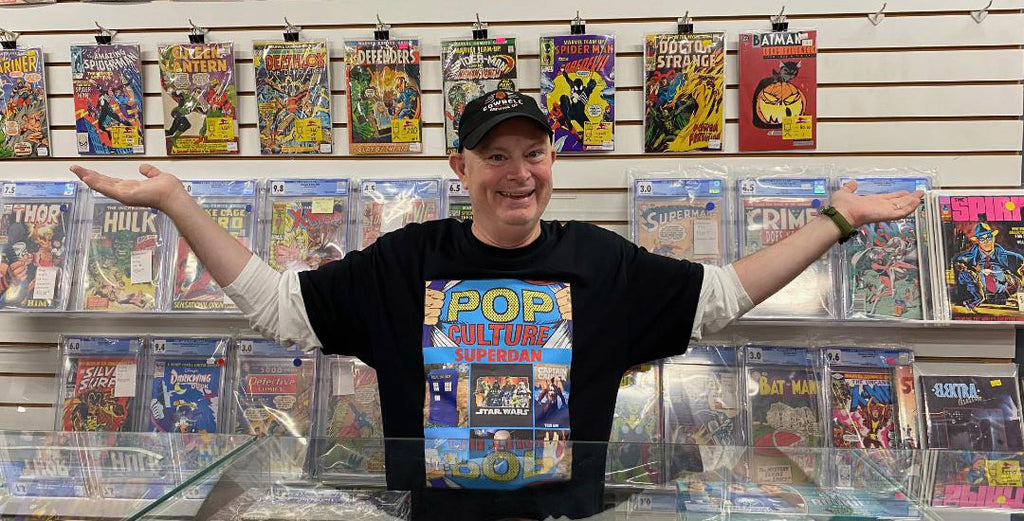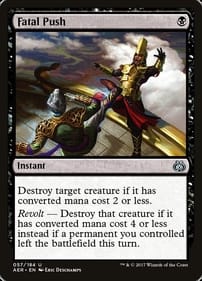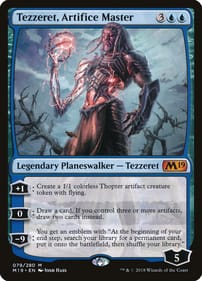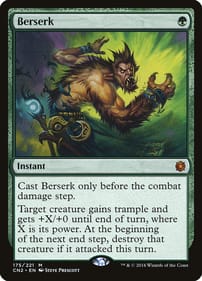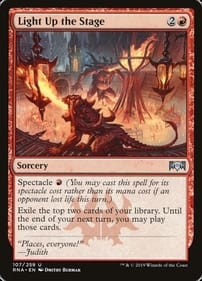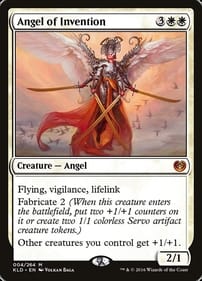Sentinels is Dark and Looks to Get Darker
By Dan BrownSentinels No. 1 has an intriguing premise, but man is it dark. With such a grim start, I’m not sure where the new series will go from here. Can it get any more dystopian?Billed as Marvel’s token “bad-guy book” among the company’s 18 (by my count) X-titles, it features a cast of military types who have been implanted with sentinel technology. They are machine/human hybrids whose goal is to forcefully corral mutants, then bring them to prison.In keeping with the dystopian theme, the prison is housed in the basement of Professor Charles Xavier’s former school for gifted children i.e. mutants. But where Xavier’s dream was to find a way for mutants and humans to co-exist, the sentinels are programmed – and kept in line with mood-regulating drugs – to use violence to bring them in. It’s a world turned upside-down.This all takes place in Marvel’s post-Krakoa universe. Last time I checked in with the X-Men, they were living pretty much as immortal gods on the sentient sanctuary island. I wondered what Marvel was going to do with its mutant characters once that storyline ran its course, and now readers are beginning to find out. (Marvel has said it will be concentrating more on solo titles featuring the likes of Wolverine and Storm as the mutants reintegrate into society.)Not to be trusted with their genocidal instincts, the giant sentinel robots themselves have been powered down in favour of these cyborgs. The danger for the bad guys, who have code names like Lockstep, Drumfire and Sawtooth, is that the cybernetic implants have a tendency to take over their minds and bodies completely, a process called “full grafting” which destroys their remaining humanity.The issue is a finely crafted comic, with art by Justin Mason and writing by Alex Parknadel, creators whose work is new to me. Let’s just say the result is not something Jack Kirby and Stan Lee would ever have dreamed up.There’s also friction between the civilian who pulls the team’s strings, the mutant Lawrence Trask, and the military commander on the ground. It’s reminiscent of what happens in pro sports when a coach can’t get along with his or her general manager.The issue starts with the team dropping into an isolated Russian village to take the homicidal mutant “Omega Red” into custody. Naturally, things don’t go according to plan.There are dark hints as the issue unfolds about how the incarcerated mutants are being treated, which seems to be even worse than the sentinels themselves. They operate in a world in which there are no clear moral lines between human and mutant or organic and mechanical.Some of the team members rationalize their missions by stressing that all they are is hunters – what is done to the captive mutants once they have been put into a cell is none of their business.We also get a glimpse of Trask’s motivation when he recalls the story of two neighbouring villages in thirteenth-century England during a wolf cull. Once the animals victimizing the two communities have been dispatched, he explains, the residents turned on each other.Trask reasons that his role in backing the sentinels is to keep humanity and mutantkind in a kind of equilibrium or stasis so they don’t massacre the other. The sentinels are the “necessary monsters” who keep a “fragile peace” between humans and homo superior. Speaking of Magneto, he doesn’t appear in this issue, but his former ally the Blob does. There’s a different archvillain from the X-Men’s past who graces the story’s final page. You’ll never guess who it is, but I didn’t see his appearance coming. Dan Brown has covered pop culture for more than 32 years as a journalist and also moderates L.A. Mood’s monthly graphic-novel group.
New Comic Collection to be Released In Store Saturday, July 13
This collection includes classic CGC graded and non-graded issues, first appearances, and more.
Read The StoryUpcoming Omnibus Volumes Feature Comics from Marvel’s Michael Golden Age
By Dan Brown There’s a whole lotta classic Michael Golden art coming down the pipeline. I invite young comic fans who missed out on Golden’s most-celebrated work in the 1980s to check out two omnibus editions set to debut early next year. They feature reprinted issues from two series that kicked off in 1979 – ROM: Spaceknight and The Micronauts – then ran into the mid-1980s. If you want to understand why fiftysomething dudes like me always seem to be bellyaching about how comics reached perfection when we were kids, these books are Exhibit A. In my memory, Golden’s pencils leapt off the page with undeniable power and expressiveness. He could take obscure Marvel comic characters and make them memorable. He could make alien landscapes seem truly otherworldly, as few pencillers – think George Perez and Jack Kirby – did. Golden was never the interior artist on ROM, but he did contribute a series of amazing front covers in the title’s early going. A toy tie-in with Hasbro, ROM followed the exploits of a galactic do-gooder who comes to Earth to dispatch the evil Dire Wraiths. Having those shape-shifters as foes imbued the series with a vibe straight out of Invasion of the Body Snatchers. Of course, the ironic part is how another race of Marvel shape-shifters, the Skrulls, had already been trying to take over the planet, so the Wraiths were kind of redundant. I especially love the cover of issue 11, which shows the silver spaceknight ripping the wing from an F-16 in mid-air as a squad of the planes swarms him. Golden’s art had started to make an impression on me earlier in 1979 with the Micronauts. I was 11 years old. He illustrated the first 12 issues of that title, also designed to push the toy line of the same name, and I now view his pencils on the book as one of the great runs in comic history, in the same category as Perez’s time on New Teen Titans and John Byrne’s pencils for the Uncanny X-Men. The cover of each issue blared “They came from inner space” and the action took place on a sub-microscopic scale; what in our world are tiny molecules, were planet-sized in the Microverse. It’s true the premise wasn’t bursting with originality: A band of plucky rebels, including two robots, fights to free a galaxy in the iron grip of a villain clad in black armour. But Golden’s art elevated the material. Especially moving was issue 10, in which the warrior Acroyear race – as well as the conscious homeworld they inhabit, Spartak – repulses an army of Baron Karza’s dog soldiers. If the Microverse sounds familiar, it’s because it plays a huge role in the Marvel Cinematic Universe, where it’s known as the Quantum Realm. The biggest mystery to me was why, with the rare exception of standalones like Avengers Annual No. 10 in 1981, Golden wasn’t allowed by Marvel to play with the company’s marquee characters. I guess not every comic creator is destined to go down in history as being as prolific as Kirby. ROM: The Original Marvel Years Omnibus Volume 1 includes the first 29 issues of ROM: Spaceknight, as well as Power Man and Iron Fist No. 73, in which he guest-starred. Micronauts: The Original Marvel Years Omnibus Volume 1 collects the first 29 issues of the series, plus the first two annuals. Both go on sale in January. Dan Brown has covered pop culture for 30 years as a journalist and also moderates L.A. Mood’s monthly graphic-novel group.


